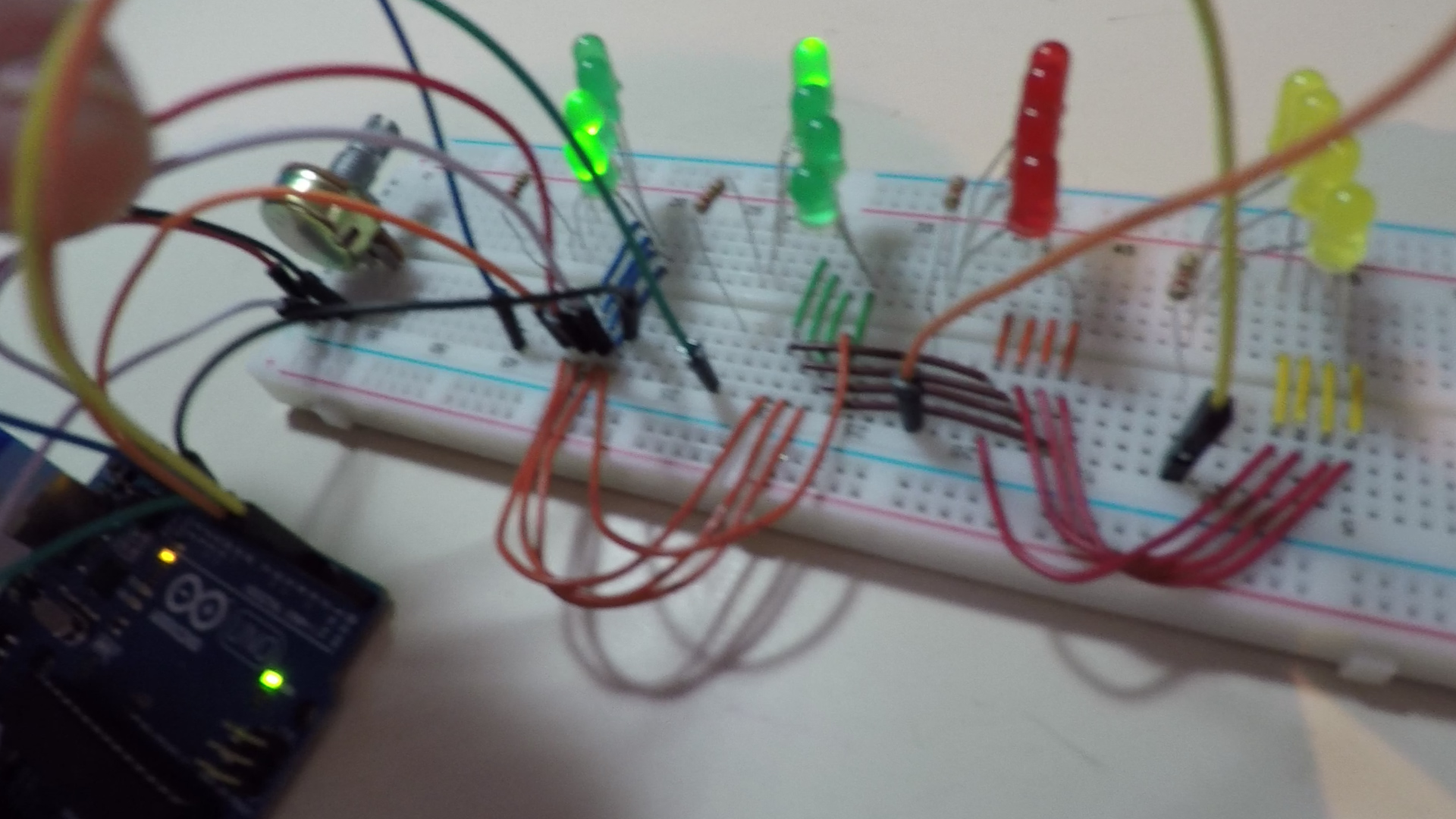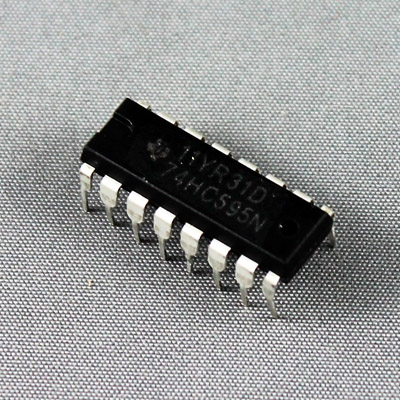How to use an 8×8 LED grid with Arduino
In recent posts I’ve covered how to use LEDs and how to use shift registers and even how to combine shift registers and LEDs to control numeric displays. In this post we’re going to use 64 LEDs in an 8×8 LED grid.




